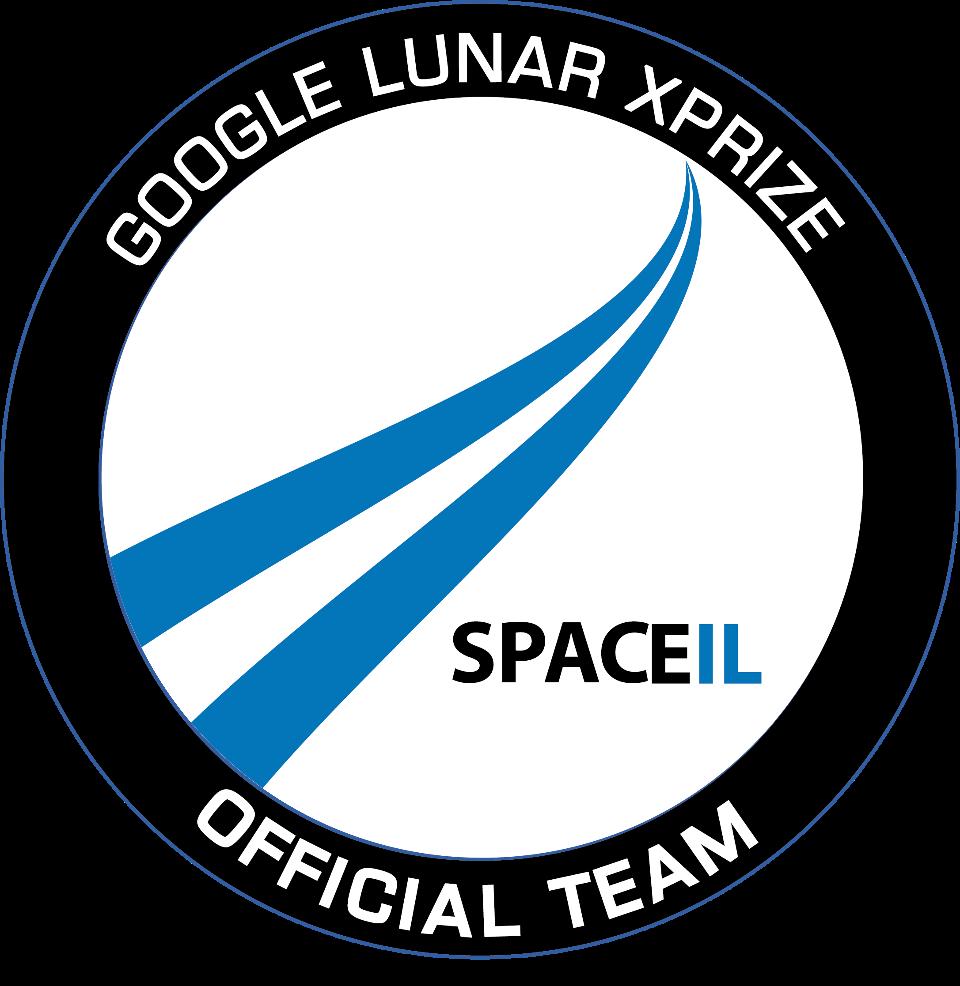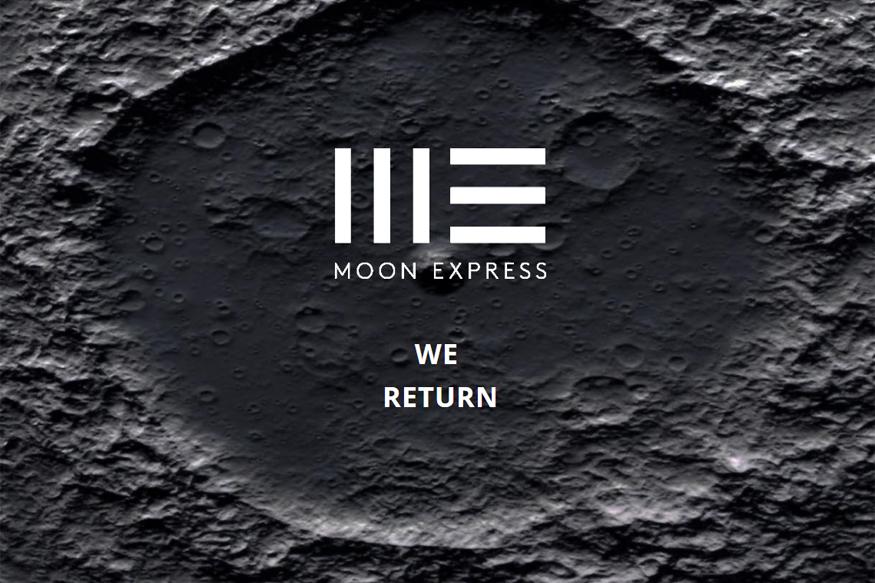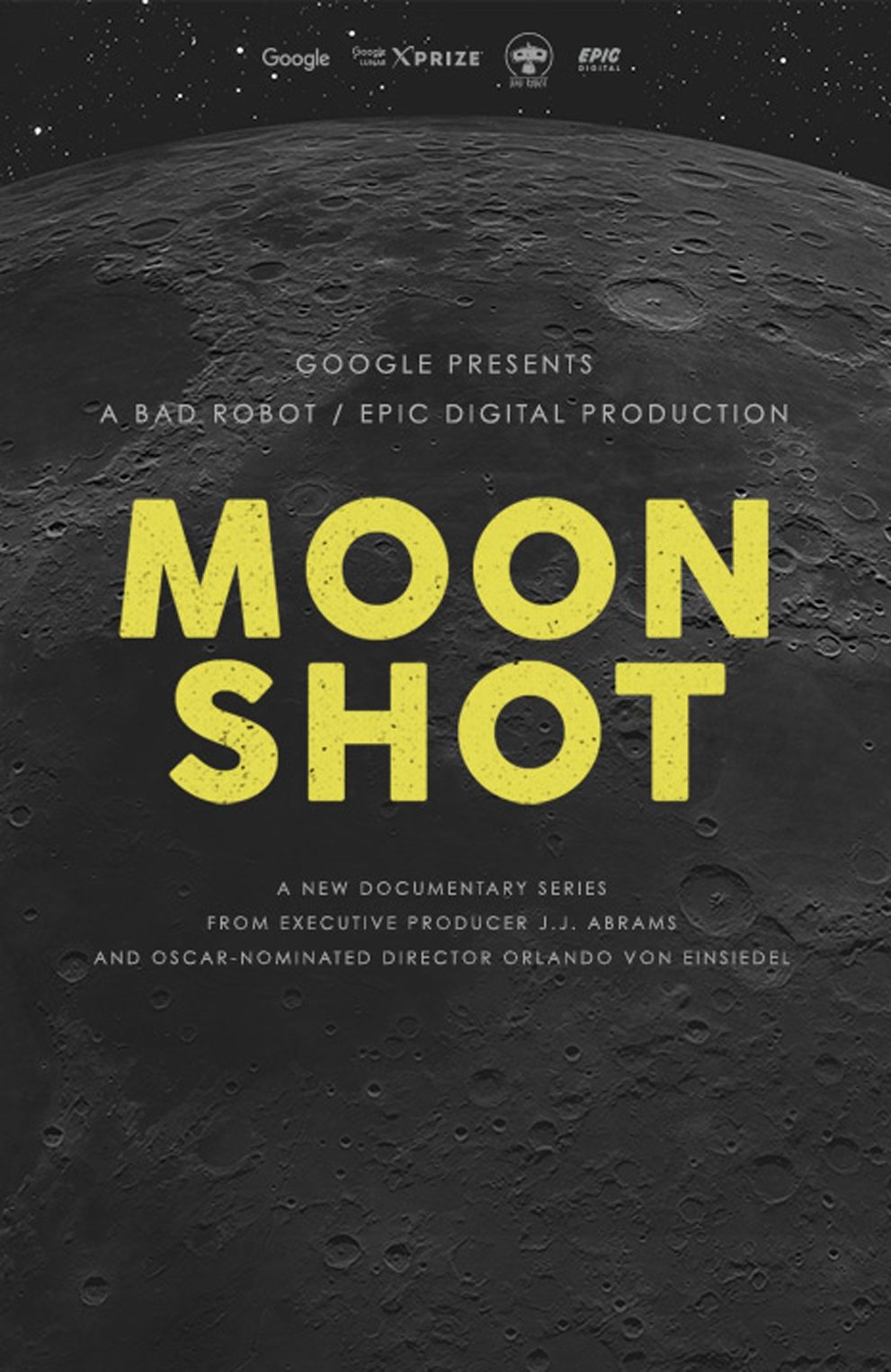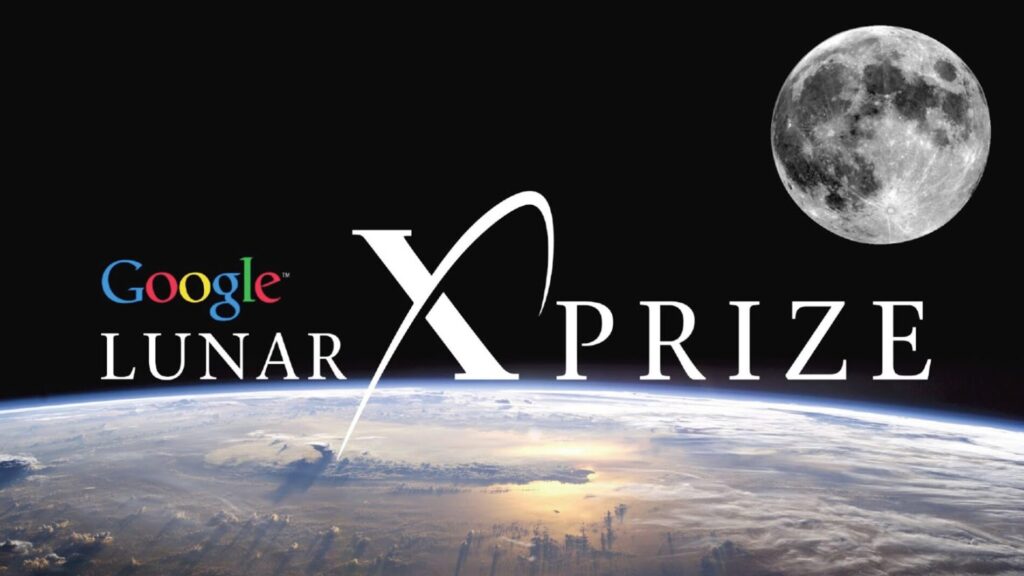Google has always managed to create an indelible mark on the fabric of technological advancements since 1998, when it was founded. While it has penetrated almost every technological avenue, it has also made the development sustainable for mankind. In 2007, Google decided to sponsor an inducement prize space contest organised by XPRIZE. For those who are unaware of the XPRIZE foundation, it is a non-profit organisation responsible for designing and organising public competitions around the theme of technological development.
What is The Google Lunar XPRIZE?
The competition is called the Google Lunar XPRIZE (GLXP) or Moon 2.0. The GLXP was announced at the Wired Nextfest in September 2007, and offers a prize of US$30 million to its winning teams. The idea, was to challenge and motivate engineers and entrepreneurs around the world to innovate and develop low-cost methods of robotic space exploration. The unprecedented competition targeted the Moon for several reasons:
- It is Earth’s nearest neighbour in space and provides an ideal environment for training
- It serves as a launch-pad for attempts of expanding space exploration through the rest of the universe.
A successful GLXP aims to come up with a reliable and economical way to access the Moon. This would consequently help mankind to develop new methods to explore space resources and expand human civilization further into the space. Another milestone that can be achieved by this undertaking is that reduction in costs and physical barriers will allow the private industry to work with the government agencies to advance space discovery.
Winning the GLXP

To be announced a winner, the privately funded team has to be the first one to:
- Successfully place a spacecraft on the Lunar surface
- Travel 500 meters (1,640 feet), and
- Transmit high-definition video, data and images back to Earth.
The team that first meets these criteria will be awarded the US$20 million grand prize. The second team wins a US$5 million prize. In addition to that, there are Bonus prizes worth $5 million that will be awarded to teams that perform special feats on the Moon. For instance, visiting an Apollo landing site. One prerequisite condition for the competition is that each team has to fund its mission privately. Additionally, not more than 10 percent of the funding can be received from a government agency. The deadline is 31st December 2017.
GLXP has come a long way
In 2011, XPRIZE had announced that 29 teams registered for the competition. These teams were headquartered in 17 different countries across the world. All had worked hard for over 5 years to roll out competitive prototypes. On 24th January, the XPRIZE foundation announced that the $1 million Diversity Prize would be split among 16 teams for promoting ethnic diversity in the field of Science, Technology, Engineering and Mathematics (STEM). However, the bigger announcement was that XPRIZE had verified the launch contracts for 5 teams of the 16 teams. These 5 teams are now set to drive the final phase of the competition. They share the same ambition in launching an unmanned spacecraft on the surface of the Moon.
The five teams that shall move ahead are:
- SpaceIL (Israel)
- Moon Express (USA)
- Synergy Moon (International)
- Team Indus (India)
- Hakuto (Japan)
SpaceIL

SpaceIL, an Israeli non-profit organization was the first team to receive a verification of its launch contract. Founded in 2011 by a group of 3 young Israeli engineers, SpaceIL intends to land the first Israeli spacecraft on the Moon. It is led by Eran Privman along with the 3 founders. The team of over 30 members aims to inspire a whole new generation in Israel and across the world, to take an interest in science, technology, engineering and Math. They plan to use the prize money to promote scientific education in Israel.
On the technology front, SpaceIL is using the advanced Israeli nano and micro satellite technologies to build a small, smart and economical spacecraft. The spacecraft would be using the Hop concept instead of acting like a Rover. This means that the spacecraft will land on the Moonand then take off again using the remaining fuel in its propulsion system. It would then land again, 500 meters away from the first spot to complete the criterion set by GLXP. This dishwasher-sized spacecraft will thus use this concept to conserve mass and energy.
SpaceIL had announced in the presence of the Israeli president in October 2015, that it signed a confirmed and verified launch agreement to space. They shall launch their spacecraft on an American SpaceX Falcon 9 rocket. The status quo is that the main electronic components of the spacecraft have been assembled at the IAI facility. Rigorous testing will be conducted to check if it can withstand the harsh physical conditions. The integration of structure and the propulsion system began in the beginning of 2017. With all processes in place, SpaceIL has made it to the final lap of the Moon Race 2.0
Moon Express

The next team to secure a verified launch contract was Moon Express from California. In 2015, The team announced that it had signed the worlds’ first multi-mission launch contract with Rocket Lab USA for 3 lunar missions. It was founded in August 2010 by Dr. Bob Richards, Naveen Jain, and Dr. Barney Pell. The team of over 40 professionals thinks of reaching for the Moon as a new commercial economic endeavor.
The highly competitive and skilled team members believe the Moon is the 8th continent. The resources and rare elements present on the Moon can be used to propel further development. Moon Express is aiming to combine the best practices of traditional aerospace engineering with the novel entrepreneurial culture of the Silicon Valley. Moon Express is a proud owner of 2 Milestone Prizes: the Landing Prize ($1 million), and the Imaging Prize ($250,000), amounting to a total of $1.25 million in prize winnings till date.
NASA has partnered with Moon Express as a collaborator and a customer. They would use a small, experimental rocket called the Electron, made by the startup Rocket Lab to launch their lander. In December 2015, the company had announced that their lander MX-1E would be launched by the Electron which might go through the first few test launches this year. The first technology demonstration has been planned for 2017.
Synergy Moon

Synergy Moon is an international consortium of members from over 15 countries. These members are promoting active cooperation in space exploration on 6 continents. The team was formed in 2008, when InterPlanetary Ventures, Human Synergy Project, and Interorbital Systems joined forces and created a team to compete in the GLXP. Synergy Moon was the third team to receive a verified launch agreement in August, 2016.
Team Synergy Moon wants to prove that an international, private-sector team can move private enterprise into the space beyond the Earth’s orbit. As of December 2016, Synergy Moon had partnered with several other GLXP contenstants like Omega Envoy, SpaceMeta, Independence-X and Stellar. The motive was to contribute to each other’s’ development while growing themselves individually. In 2017, Synery Moon became one of the only 5 teams that entered the last lap of the contest.
Team Synergy Moon will be employing a Neptune 8 rocket to launch their lander and rover. The manufacturing processes of the vehicle have begun. However, the rocket is yet to fly to space.
Team Indus

Team Indus is a team of 100+ members. The only Indian team in the Google Lunar XPRIZE, it has a contract with ISRO. It will be using the reliable rocket PSLV to launch its own Rover. They aim to measure several parameters on the Moon using instruments, some of which are developed by the French space agency, CNES.
The team represents India’s development in the field of space exploration in the best spirit. They have employed bright engineers and entrepreneurs to deliver a cutting-edge technology made indigenously in India.
Team Indus has already won a Milestone Prize: a $1 million Landing Prize. The team from India has agreed to carry the rover made by Japan’s team, on the same PSLV rocket. Based out of Bangalore, Team Indus carries the audacious goal of expanding the possibilities for furthering knowledge by exploring the Lunar surface.
Hakuto

The 5th team to secure a verified launch contract is Japan’s Hakuto. Team Hakuto has won the Mobility Milestone Prize amounting to $500,000. The goal of the team is to explore the lunar lava tubes for future lunar exploration plans. These plans could then be acted upon by the team along with the Japanese space agency JAXA.
Hakuto has members ispace, Inc., a Tokyo-based NewSpace startup and is developing the world’s smallest planetary exploration rover. Hakuto’s rover boasts of a highly-efficient optimization technique for mission cost and performance, achieving a total weight of 4 kilos.
Hakuto has signed a rideshare agreement with Team Indus to launch their rover on ISRO’s PSLV satellite. The rovers will be launched in December 2017 from Satish Dhawan Space Centre in Sriharikota, India.
GLXP: Beyond a competition!

A nine-part web series, titled ‘Moon Shot’ has been made and aired on South by Southwest (SXSW). It has been directed by Academy Award nominated filmmaker Orlando von Einsiedel. The moving piece of the film emphasizes more on the motivations and the idiosyncrasies of the participating teams than on the technology aspect.
Irrespective of the result of the contest, it can be stated with utmost surety that GLXP will accelerate technological and scientific research in the field of space exploration. Forty-five years after Apollo 11, this attempt is to utilize resources for a massive scientific advancement.


